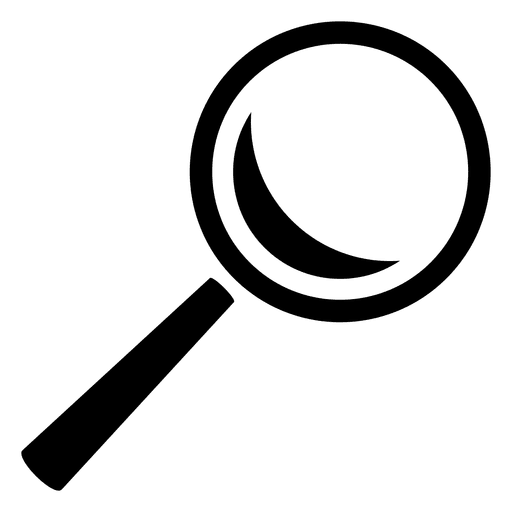Publically available external pharmacovigilance databases such as the American FDA s Adverse
Event Reporting System (AERS) and the VigiBase database of the Uppsala Monitoring Centre (UMC)
are currently not obligatorily taken into account by the pharmaceutical product manufacturers
regarding potential drug safety signals. The value of this information on adverse events that
is revealed in these databases is well acknowledged by product experts. These external data
sources are now being evaluated for their suitability to at least support signal verification
for signals which have been detected within a pharmaceutical company. The appropriate software
tools needed to support the integration of this information into the commonly used statistical
methods of signal detection have been developed. In his study Denny Lorenz evaluates the
benefit of the reports that the market leading software Empirica Signal generates for common
questions during the signal verification process. The major external databases and statistical
methods are described and structurally assessed. Besides the selection of reports contrary
opinions on the hierarchy levels of drug and event on which the statistical scores are
calculated are discussed. The study demonstrates that the decision on these levels and the
depths of the external analyses itself is a trade-off between scientific ambitions and the
limits of time and money that companies are willing to invest in this endeavor.

